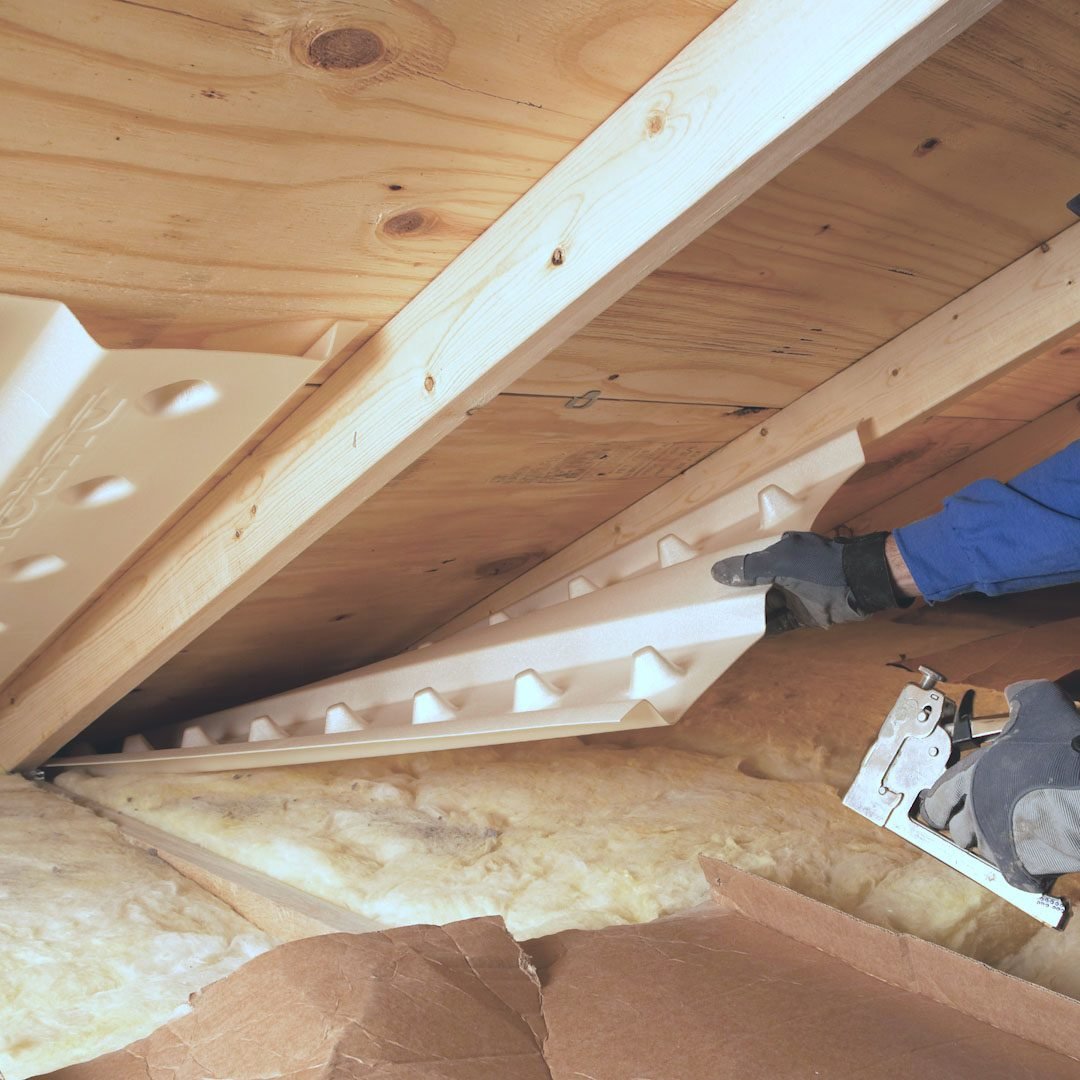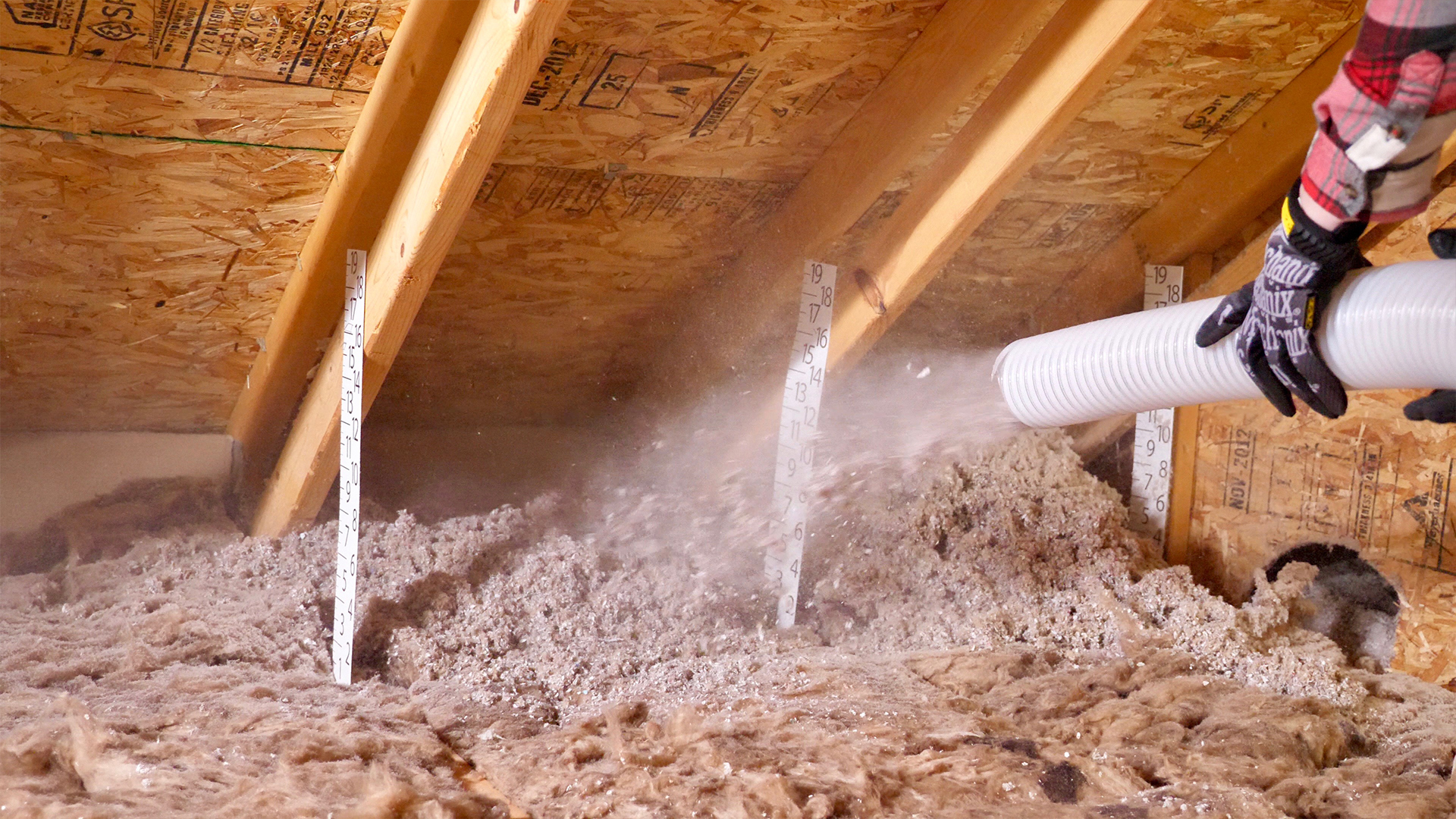Attic Insulation DFW: The Secret to Lower Energy Bills and Improved Home Convenience
Attic Insulation DFW: The Secret to Lower Energy Bills and Improved Home Convenience
Blog Article
Discover the Various Types of Attic Insulation and Their One-of-a-kind Advantages for Your Home's Power Efficiency

Fiberglass Insulation
Fiberglass insulation is one of one of the most typically made use of products for attic room insulation as a result of its excellent thermal efficiency and cost-effectiveness. Composed of tiny glass fibers, this material successfully traps air, producing an insulating obstacle that aids preserve regular indoor temperature levels. Its high R-value per inch makes it especially reliable at withstanding heat transfer, which is crucial for energy conservation in homes.
Installment of fiberglass insulation is fairly straightforward, often readily available in batts or loose-fill types, accommodating different attic arrangements. Additionally, it is non-combustible and immune to dampness, lowering the risk of mold and mildew growth. This toughness adds to its durability, making fiberglass a sensible lasting investment for homeowners.
Additionally, fiberglass insulation is commonly manufactured from recycled materials, which improves its eco-friendliness. The material can also contribute to soundproofing, lessening sound transfer in between rooms. While it is essential to wear protective gear during installation to stay clear of inflammation from the fibers, the total benefits of fiberglass insulation, including power financial savings and environmental considerations, make it a preferred choice for enhancing attic room efficiency and advertising a comfortable living environment.
Spray Foam Insulation
Spray foam insulation is a very efficient option for attic room insulation, understood for its remarkable air securing and thermal efficiency. This innovative insulation material is composed of a mix of isocyanate and polyol material, which, when combined, expands swiftly to fill up gaps and tooth cavities in the attic room room. Its capability to stick to numerous surface areas guarantees a continual barrier versus air leaks, dramatically decreasing warm loss during colder months and heat gain during warmer seasons.
One of the crucial advantages of spray foam insulation is its high R-value per inch, which means it gives outstanding thermal resistance in a fairly thin application. This is specifically useful in attics where space is typically restricted. Additionally, spray foam can help lessen wetness accumulation, decreasing the risk of mold and mildew and mildew development, which can be destructive to both the framework and interior air top quality.
While the initial expense of spray foam insulation might be more than conventional options, its long-term power cost savings, combined with raised convenience and boosted home value, make it a rewarding investment for property owners seeking enhanced power efficiency. Attic Insulation DFW. Overall, spray foam insulation attracts attention as an efficient option for enhancing attic insulation
Cellulose Insulation

Cellulose insulation is a popular choice for attic room insulation, mostly composed of recycled paper items treated with fire retardants. This eco-friendly alternative is understood for its exceptional thermal efficiency, properly minimizing warm transfer in both summer and winter months. The thick make-up of cellulose allows it to fill up gaps and voids in attic spaces, giving a seamless obstacle versus air leaks.
One of the substantial benefits of cellulose insulation is its capability to withstand mold and mildew and insects, owing to the fire retardant treatments used during production. Furthermore, it flaunts a high R-value per inch, which translates right into exceptional energy effectiveness. Property owners can anticipate lower cooling and heating expenses as a result of boosted insulation.
Installation is generally completed via blowing loose cellulose into the desired area, enabling for a fast and effective procedure. This approach also reduces interruption to the existing framework. Furthermore, cellulose insulation has a reasonably low ecological impact, as its production process makes use look at this now of recycled materials, adding to lasting structure techniques.
Rock Wool Insulation
Among the various alternatives for attic insulation, rock woollen, likewise known as mineral woollen, sticks out due to its impressive thermal and acoustic efficiency. Made from recycled or natural materials, rock wool is created by melting rock and spinning it into fibers, leading to a product that provides outstanding insulation residential properties.
One of the substantial benefits of rock woollen insulation is its high R-value, which suggests its performance in resisting warm circulation. This particular not just boosts power effectiveness but additionally adds to maintaining a comfy indoor temperature level year-round. Additionally, rock wool is naturally fireproof, making it a more secure option for homes as it can hold up against heats without melting or releasing hazardous fumes.
Moreover, rock wool insulation stands out in soundproofing capabilities, successfully reducing sound transmission in between spaces and from outside sources. On the whole, rock wool insulation provides an extensive remedy for boosting power performance, security, and comfort in domestic settings.
Radiant Barrier Insulation
Radiant barrier insulation acts as a reliable remedy for decreasing warm transfer in attics, especially in warmer climates. This kind of insulation works by reflecting radiant warm away from living rooms, consequently decreasing the amount of heat that goes into a home during heat - Attic Insulation DFW. Normally composed of an extremely reflective material, such as aluminum foil, glowing obstacles are set up in attic rooms, facing the roof, where they can obstruct incoming warmth from the sun
The primary benefit he has a good point of radiant barrier insulation is its capability to reduced cooling costs. By reflecting warm rather than absorbing it, radiant obstacles can aid preserve a more steady interior temperature level, decreasing the workload on a/c systems. This efficiency translates into lower energy costs and increased convenience for property owners.
Along with power financial savings, glowing obstacles can also contribute to enhanced indoor air top quality. By lowering heat build-up, they help reduce moisture degrees, which can avoid mold growth and enhance total air blood circulation. When set up correctly, radiant obstacle insulation can be an invaluable addition to any type of energy-efficient home, making it a deserving factor to consider for homeowners wanting to enhance their attic insulation method.
Final Thought
In final thought, recognizing the different types of attic room insulation-- fiberglass, spray foam, cellulose, rock woollen, and glowing barriers-- allows home owners to make educated choices regarding power efficiency. Each insulation type presents one-of-a-kind benefits, such as exceptional thermal resistance, moisture management, and sound depletion. By choosing the proper insulation material, significant decreases in power costs can be accomplished, in addition to improvements in indoor convenience. Eventually, the ideal selection contributes to an extra lasting living setting and advertises overall energy preservation.

In verdict, understanding the different kinds of attic room insulation-- fiberglass, spray foam, cellulose, rock wool, and radiant obstacles-- makes it possible for home owners to make informed choices relating to energy efficiency.
Report this page